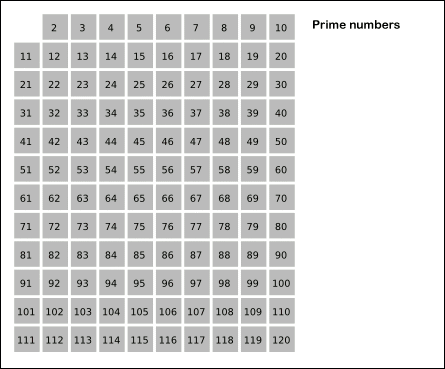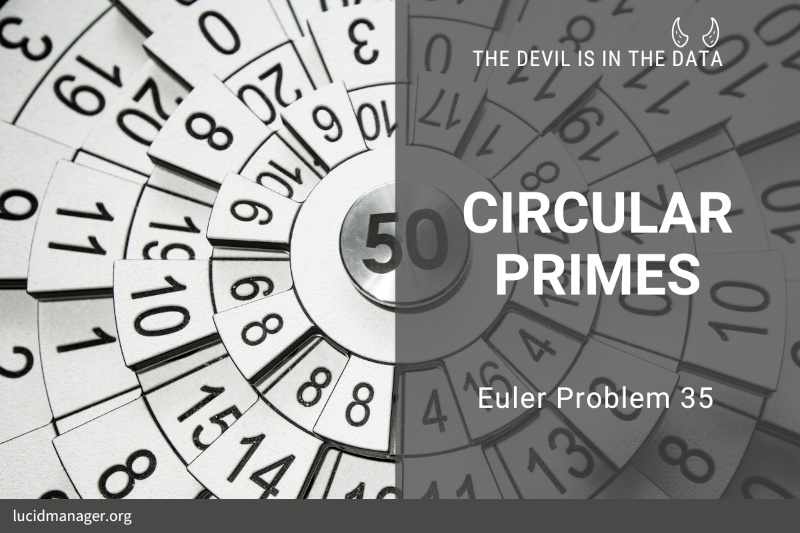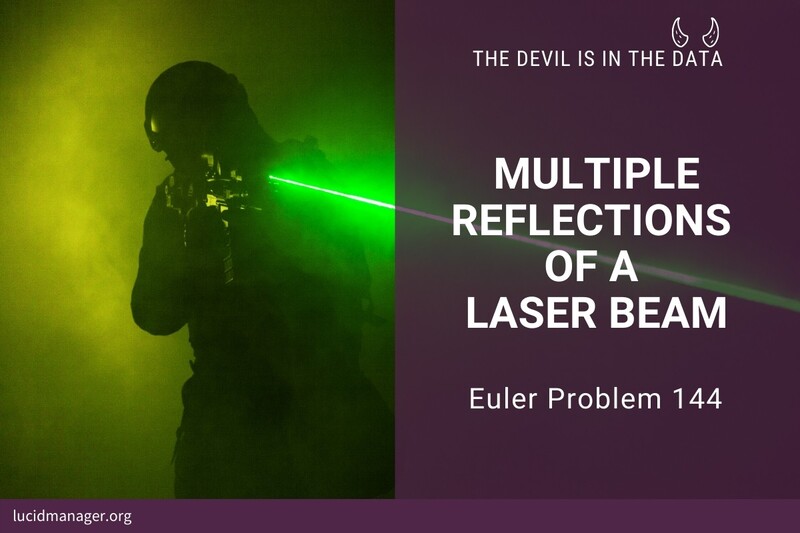
Project Euler 3: Largest Prime Factor

Peter Prevos |
535 words | 3 minutes
Share this content
Project Euler 3 is about prime factors, which are some of the most important numbers of the digital economy. RSA encryption is based on the fact that determining the prime factors of huge numbers takes a very long time. So much time in fact that the cost of breaking the encryption outweigh the benefits of obtaining the secret.
Prime numbers are the basic building blocks of the natural numbers as every number, except the primes themselves. Every natural number can be written as the product of a series of primes. The RSA encryption system uses large primes to keep electronic messages away from prying eyes, as explained in the Numberphile video below.
Prime numbers are a favourite topic in Project Euler. Problem 7 asks for the first ten thousand primes, and Problem 10 looks at the sum of all the primes below two million.
Project Euler 3 Definition
The prime factors of 13195 are 5, 7, 13 and 29. What is the largest prime factor of the number 600851475143?
Generating Prime Numbers
This solution relies on two functions that can be used for multiples problems. The Sieve of Eratosthenes generates prime numbers from 2 to n. The code is commented to explain the sieve. The image shows how numbers from 1 to 100 are sieved to find the primes.

This problem uses two functions: prime.factors() and esieve(). The prime.factors() function generates the list of unique prime divisors and then produces the factors. The factors are identified by dividing the number by the candidate prime factors until the result is 1.
Base R Solution
## Project Euler 3: Largest Prime Factor
## Base R solution
esieve <- function(n) {
if (n == 1) return(NULL)
if (n == 2) return(n)
## Create a list of consecutive integers {2,3,... n}.
l <- 2:n
## Start counter
i <- 1
## Select p as the first prime number in the list, p = 2.
p <- 2
while (p^2 <= n) {
## Remove all multiples of p from the l.
l <- l[l == p | l %% p!= 0]
## set p equal to the next integer in l which has not been removed.
i <- i + 1 ## Repeat steps 3 and 4 until p^2 > n,
## all the remaining numbers in the list are primes
p <- l[i]
}
return(l)
}
prime.factors <- function (n) {
## Define list of factors
factors <- c()
## Define primes to be tested
primes <- esieve(floor(sqrt(n)))
## Idenitfy prime divisors
d <- which(n %% primes == 0)
## No prime divisors
if (length(d) == 0)
return(n)
## Test candidate primes
for (q in primes[d]) {
## Generate list of factors
while (n %% q == 0) {
factors <- c(factors, q)
n <- n/q } }
if (n > 1)
factors <- c(factors, n)
return(factors)
}
max(prime.factors(600851475143))Number package
The solution can also be found by using the primeFactors() function in the numbers package. This package provides a range of functions related to prime numbers and is much faster than the basic R code.
## Numbers package
library(numbers)
max(primeFactors(600851475143))Share this content


